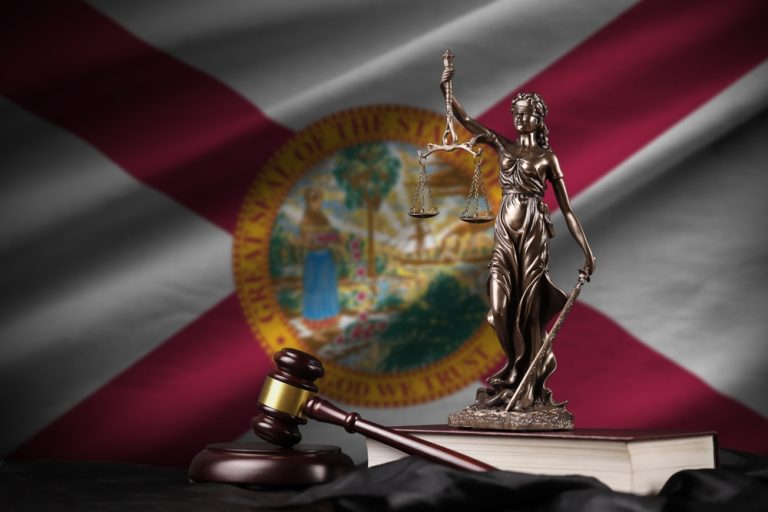President Approves Last Minute Paid Sick Leave Bill Proposed During COVID-19 Pandemic
President Approves Last Minute Paid Sick Leave Bill Proposed During COVID-19 Pandemic
“On Tuesday, March 24, the Department of Labor published additional guidelines and a Questions and Answers document, wherein the Department of Labor announced for the first time that the effective date will be April 1, 2020, instead of April 2. Below are the links to the published guidelines and Question and Answers documents, reflecting and corroborating what we have previously stated.” http://www.dol.gov/newsroom/releases/whd/whd20200324
March 18, 2020, President Trump approved a last minute bill proposed in response to the coronavirus outbreak. The new law – Families First Coronavirus Response Act – provides paid sick leave, free coronavirus testing, expanding food assistance and unemployment benefits, and requires employers to provide additional protections for health care workers.
The passing of this new law forecloses the debates about the merits of paid leave amid a public health crisis like the coronavirus and provides employees two weeks of paid sick leave during a public health emergency. The bill aims to address concerns regarding employees who feel like their only two options were to stay home sick or lose a paycheck. Hopefully, employees who may have once elected to go to work instead of stay home for fear of missing a paycheck when feeling ill or displaying contagious coronavirus-like symptoms, will elect to stay home now.
Paid Leave Under Temporary Expansion of Family and Medical Leave Act (“FMLA”)
The new act temporarily expands the Family Medical Leave Act (“FMLA”), beginning April 2, 2020, and expiring December 31, 2020. The new law provides employees of employers with less than 500 employees with the right to take up to 12 weeks of job-protected leave under the FMLA. The first two weeks of leave may be unpaid. During this time, an employee can choose to substitute accrued paid time off or other sick leave during this period — however, an employer cannot require an employee to do so. After the first two weeks, employers must continue paid FMLA leave at a rate of no less than two-thirds of the employee’s usual rate of pay for the remaining ten weeks, with a cap at $200 per day and $10,000 in the aggregate.
Employees are eligible for the paid sick leave if they have been employed for at least 30 calendar days by the employer and are unable to work or work remotely due to a need to care for their children because the schools are closed or the child care provider is unavailable due to a public health emergency with respect to COVID-19.
If an employer employs fewer than 25 employees, the employer does not have to restore the employee’s position under the following circumstances: (1) the employee takes leave due to a public health emergency, such as the coronavirus; (2) the position held by the employee when the leave commenced no longer exists due to economic conditions or other changes in operating condition of the employer that affect employment and are caused by a public health emergency during the period of leave; (3) the employer makes reasonable efforts to restore the employee to a position equivalent to the position the employee held when the leave commenced; and (4) within 1 year after the public health emergency concludes, the employer makes reasonable efforts to contact the employee if an equivalent position becomes available.
14 Days Paid Sick Leave
The new act, which shall take effect no later than April 2 and will expire on December 31, 2020, requires employers with fewer than 500 employees to provide full time employees paid sick leave for two weeks (80 hours) as a means of containing the coronavirus. Part time employees are entitled to the paid leave based on a number equal to the average number of hours worked over a two week period. Employees are eligible for the two weeks paid sick leave immediately if the employee:
- has been diagnosed with COVID-19;
- has been told by a doctor or a government official to stay home because of exposure or symptoms;
- is experiencing symptoms and going to be tested for coronavirus;
- is caring for a family member who is self-isolating due to a diagnosis of coronavirus, experiencing symptoms of coronavirus and needs to obtain a medical diagnosis or care or quarantine due to exposure or exhibition of symptoms; or
- is caring for a child whose school has been closed or the child’s place of care is unviable due to the coronavirus.
Employees who are self-isolating, obtaining a medical diagnosis, or complying with a recommendation or order by an official or health care provides, paid sick time is calculated based on the employee’s regular rate of pay. However, the law provides a cap of $511.00 per day (roughly what someone making $133,000.00 earns annually) and $5,110.00 in the aggregate for these employees. Employees with family members affected by coronavirus and those whose children’s schools have closed receive up to two-thirds of their regular pay with a cap at $200.00 per day and $2,000.00 in the aggregate for these employees.
Each employer is required to post in a conspicuous place the foregoing paid sick leave requirements. Importantly, an employer cannot discharge, discipline, or in any other manner discriminate against any employee who takes paid sick leave or require that an employee find a replacement in their absence.
The Employment Team at RumbergerKirk will continue to monitor all legislation and federal laws and agencies and keep our clients updated so they can make correct decisions.







